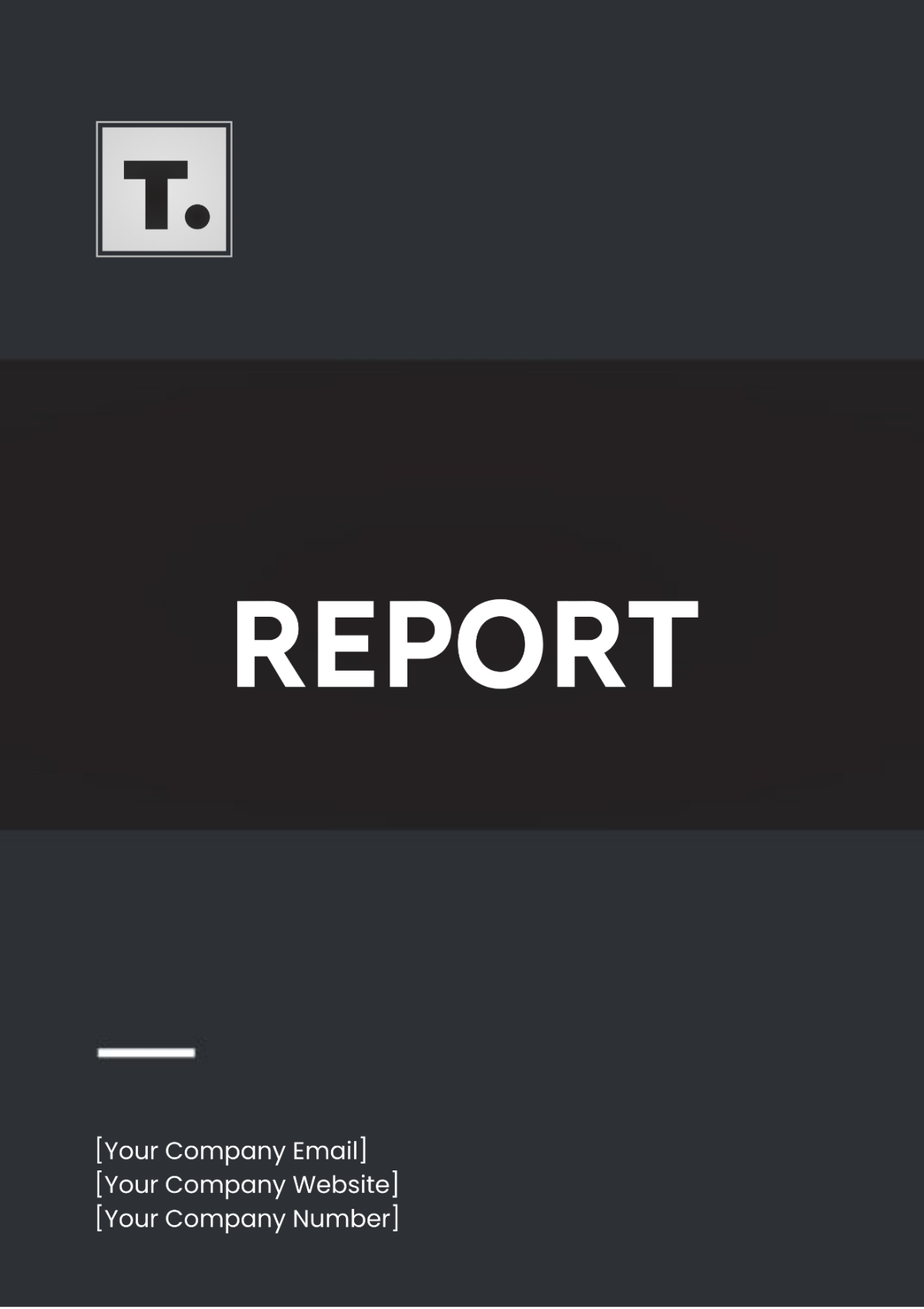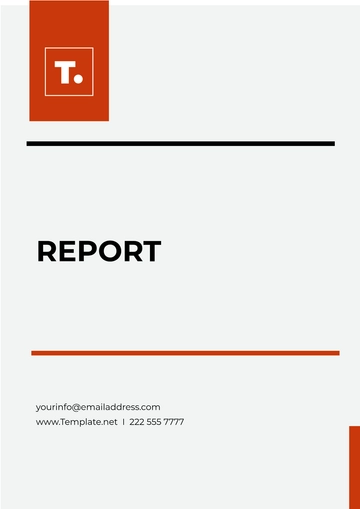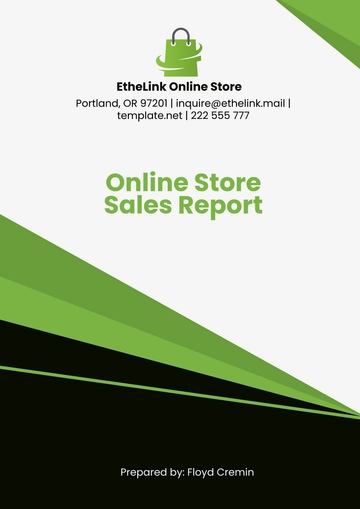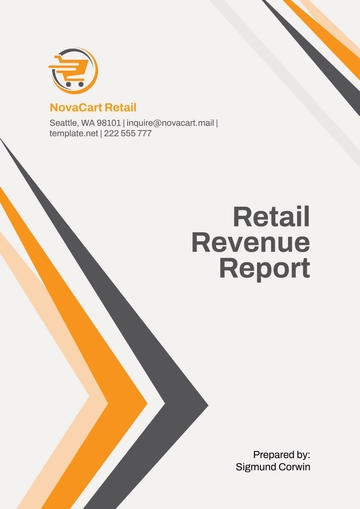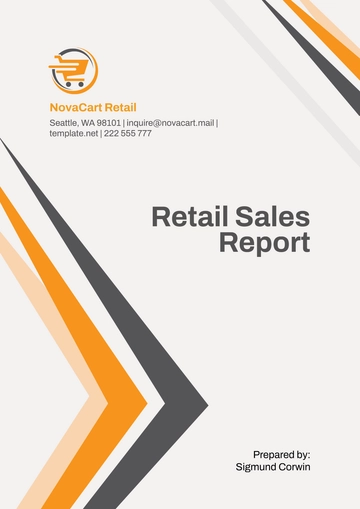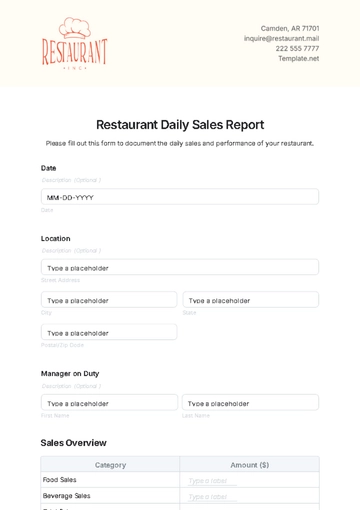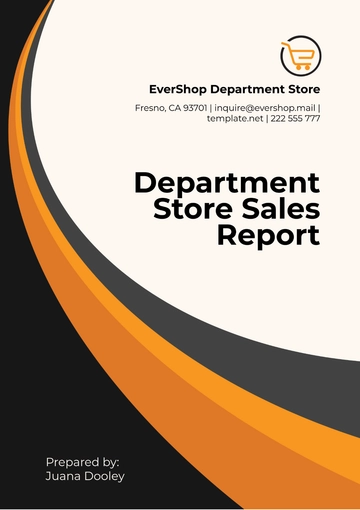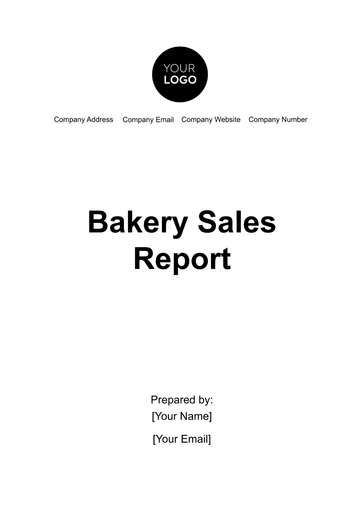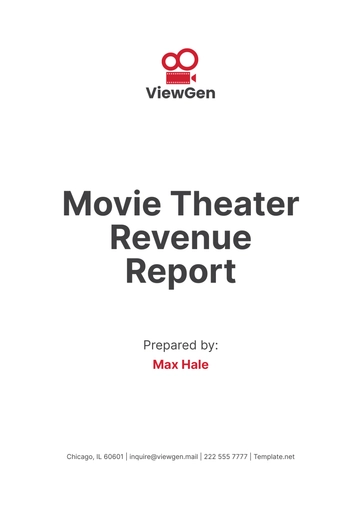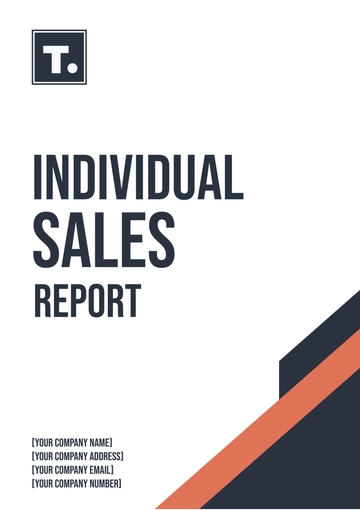Report
Prepared By: [YOUR NAME]
Date: [DATE]
Name | [YOUR NAME] |
Company Name | [YOUR COMPANY NAME] |
Email | [YOUR EMAIL] |
Phone Number | [YOUR COMPANY NUMBER] |
Address | [YOUR COMPANY ADDRESS] |
Website | [YOUR COMPANY WEBSITE] |
I. Executive Summary
The Executive Summary provides a concise overview of the report, summarizing the main points and findings.
A. Objective:
The objective of this report is to provide a comprehensive analysis of [PROJECT/TASK]. This includes assessing current performance, identifying areas for improvement, and proposing actionable recommendations. The report aims to deliver a clear understanding of the project's impact on [YOUR DEPARTMENT] and how it aligns with the overall goals of [YOUR COMPANY NAME].
B. Key Findings:
[KEY FINDING 1]: Describe the first significant finding here.
[KEY FINDING 2]: Summarize the second major finding here.
[KEY FINDING 3]: Outline the third critical finding here.
II. Introduction
A. Purpose of the Report
The purpose of this report is to examine [SPECIFIC ISSUE OR TASK] within [YOUR DEPARTMENT]. The report aims to present data, analysis, and recommendations for [YOUR COMPANY NAME] to consider. By addressing these issues, we seek to enhance operational efficiency, improve stakeholder satisfaction, and achieve strategic objectives.
B. Scope
The scope of this report includes:
Analysis of current processes and performance metrics.
Evaluation of challenges and opportunities.
Recommendations for future actions. The analysis covers a time frame from [START DATE] to [END DATE], encompassing various departments and functions within [YOUR COMPANY NAME].
III. Methodology
A. Data Collection
Data was collected from various sources including:
Interviews with key stakeholders such as [YOUR NAME], [COLLEAGUE’S NAME], and [MANAGER’S NAME].
Surveys distributed to [TARGET AUDIENCE].
Company Records and previous reports.
B. Analysis Techniques
The following techniques were used to analyze the data:
IV. Findings
A. Current Performance
Current performance was evaluated based on key performance indicators (KPIs) such as:
Efficiency
Effectiveness
Customer Satisfaction
B. Areas for Improvement
Several areas for improvement were identified:
V. Recommendations
A. Short-Term Recommendations
B. Long-Term Strategies
VI. Conclusion
A. Summary
In conclusion, this report has provided an in-depth analysis of [PROJECT/TASK]. Key findings highlight both strengths and areas for improvement within [YOUR DEPARTMENT]. The recommendations provided aim to enhance overall performance, align with strategic goals, and address stakeholder concerns effectively.
B. Next Steps
Implementation Plan: Develop and initiate an implementation plan based on the recommendations provided.
Follow-Up: Schedule follow-up meetings with key stakeholders to review progress and adjust strategies as necessary.
VII. Appendices
Appendix A: Data Tables
(Metric, Current Value, Target Value, Comments)
Appendix B: Survey Results
(Question, Response Data)
VIII. References
All references and sources used in the preparation of this report, including interviews, surveys, and company records, should be listed here.
[REFERENCE 1]: Detailed reference including author, title, and publication date. [REFERENCE 2]: Comprehensive reference with all relevant details.
[REFERENCE 3]: Another key reference used in the report analysis.
Report Templates @ Template.net
